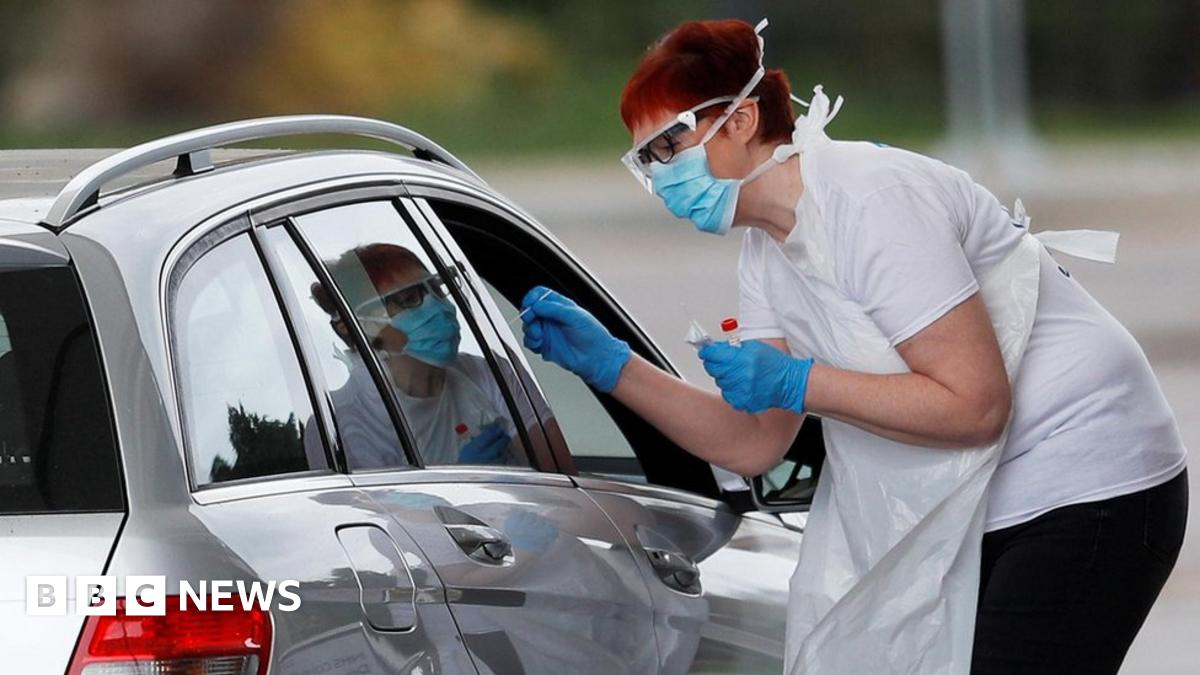-
Welcome to the ShrimperZone forums.
You are currently viewing our boards as a guest which only gives you limited access.
Existing Users:.
Please log-in using your existing username and password. If you have any problems, please see below.
New Users:
Join our free community now and gain access to post topics, communicate privately with other members, respond to polls, upload content and access many other special features. Registration is fast, simple and free. Click here to join.
Fans from other clubs
We welcome and appreciate supporters from other clubs who wish to engage in sensible discussion. Please feel free to join as above but understand that this is a moderated site and those who cannot play nicely will be quickly removed.
Assistance Required
For help with the registration process or accessing your account, please send a note using the Contact us link in the footer, please include your account name. We can then provide you with a new password and verification to get you on the site.
You are using an out of date browser. It may not display this or other websites correctly.
You should upgrade or use an alternative browser.
You should upgrade or use an alternative browser.
Coronavirus (Non-Politics)
- Thread starter wakes123
- Start date
- Status
- Not open for further replies.
Massimo Giovanni
Old Timer⭐⭐🦐
How about rekindling the older tradition of tipping your night soil out of an upper apperature upon ye olde persons.With the strange tradition of Halloween approaching surely there should be a directive of no trick of treating. Or residents are given the option to spray the unwelcome visitors with sanitisor ?
ESG
Manager🦐
How about rekindling the older tradition of tipping your night soil out of an upper apperature upon ye olde persons.
Sadly I live in a bungalow so never have that fun at election time, JWs calling or would you like your drive cleaning sir!
pottster
Schoolboy⭐
interesting application on bbc site, tells you the number of cases in your area. Mine was 6 positives in 100,000

 www.bbc.co.uk
www.bbc.co.uk

Covid inquiry: The UK pandemic in numbers
Explore the data on how the coronavirus pandemic unfolded in the UK.
slapheadsteve
First XI
6 of us went into their pub in West St, Brighton last Weds. Guy on the door only asked one of us to fill out a form.
I work in the Billericay Brewery Micropub, which is table service only. Strictly no customer's are allowed at the bar.
Yes it is correct only one person, at the table has to fill out a form for Track and Trace. It does not matter if its 1 or 2 or even 6 people at the table, you only require one person's details.
That has not changed today, with the rule of 6.
You do not have to do this with every customer on a second visit, if you know the customer and have his full details you can fill the form out, but a full record must be kept every day of a contact at each table, each visit.
Massimo Giovanni
Old Timer⭐⭐🦐
Have you tried getting a test?interesting application on bbc site, tells you the number of cases in your area. Mine was 6 positives in 100,000

Covid inquiry: The UK pandemic in numbers
Explore the data on how the coronavirus pandemic unfolded in the UK.www.bbc.co.uk
Simple accounting is that if less tests are done, and if many well persons get tested then results will show less positive results but figures are surely just indicative?
pottster
Schoolboy⭐
I haven't tried getting the test as I've had no symptoms. Are you saying the figures here are incorrect?Have you tried getting a test?
Simple accounting is that if less tests are done, and if many well persons get tested then results will show less positive results but figures are surely just indicative?
Massimo Giovanni
Old Timer⭐⭐🦐
What do you think? Every person can read the news and make their own conclusions.I haven't tried getting the test as I've had no symptoms. Are you saying the figures here are incorrect?
The figures are likely correct on the count that has taken place.
I believe it is simple maths and percentages that more testing will show more positive tests and that the wider the samples taken the less, as a %, is going to be the number of positives.
And the opposite is true, less testing will result in less positives and testing of more symptom showing persons will raise the positive %.
However by either means the results won't give a fully helpful picture to scientists trying to assess spread or how many persons might be contagious but not incapacitated, nor help with understanding possible reasons as to how people are affected differently.
Last edited:
Holy Joe
Manager⭐⭐🦐
What do you think? Every person can read the news and make their own conclusions.
The figures are likely correct on the count that has taken place.
I believe it is simple maths and percentages that more testing will show more positive tests and that the wider the samples taken the less, as a %, is going to be the number of positives.
And the opposite is true, less testing will result in less positives and testing of more symptom showing persons will raise the positive %.
However by either means the results won't give a fully helpful picture to scientists trying to assess spread or how many persons might be contagious but not incapacitated, nor help with understanding possible reasons as to how people are affected differently.
In todays Echo
He said: “People need to understand where we are. Two and a half weeks ago the percentage of positive tests in Southend was between 0.6 and 0.7 per cent. Now it is between 1.2 per cent and 1.3 per cent. It has effectively doubled.”
Looking at the % of positive tests removes the more testing finds more cases issue. All the testing is suppossed to be of people with symptoms so I don't think that has changed.
Massimo Giovanni
Old Timer⭐⭐🦐
I understand your point and the straight logic in that % figure.In todays Echo
He said: “People need to understand where we are. Two and a half weeks ago the percentage of positive tests in Southend was between 0.6 and 0.7 per cent. Now it is between 1.2 per cent and 1.3 per cent. It has effectively doubled.”
Looking at the % of positive tests removes the more testing finds more cases issue. All the testing is suppossed to be of people with symptoms so I don't think that has changed.
However the testing criteria has changed and other categories of people are now being tested where as a few weeks ago it was frontline workers and a few others.
An example is someone I know who is an ICU nurse, and has had possible symptoms and been in close contact with covid patients, she has had 3 tests, all negative but done quickly so she can keep on working.
At that time, for example, teachers and students, were not being tested, now they are.
How many teenagers had covid, non crisis, over the summer, but didn't get tested? I know a few.
So again, the figures are, as I agreed likely accurately recorded BUT for me they are not the "be all and end all", more an indication of trends to be taken notice of as a guide.
Tinks
Worlds Greatest Cook.⭐⭐🦐
They’re saying the second wave is coming now.
The first wave never left us.
We are still seeing some people who are positive
On the plus side locally we are not doing too bad in comparison to other areas of the country and Castlepoint is a little higher than Southend.
We really need the testing and tracing to be working to capacity
The first wave never left us.
We are still seeing some people who are positive
On the plus side locally we are not doing too bad in comparison to other areas of the country and Castlepoint is a little higher than Southend.
We really need the testing and tracing to be working to capacity
Are numbers not just higher because we are testing more?
Massimo Giovanni
Old Timer⭐⭐🦐
Yes and no!Are numbers not just higher because we are testing more?
More test may mean more positives, however last few weeks test have (supposedly) been open to more sectors of public, aside from front line and hospitalised patients.
Months ago many managed what was likely covid without being tested.
The test figures are an indicator, and ought to be used along with other indicators such as GP advice and NHS direct ph advice.
All said and done it does seem numbers are on the rise but in what age groups? High risk? Oldsters? Youths?
A proper press and journalists would be asking these questions and reporting it better?
Billy Bests boot laces
President⭐⭐🦐
I have just checked and we currently have 116 active cases in Southend
Tinks, how does that compare to April- June?.
Holy Joe
Manager⭐⭐🦐
Yes and no!
More test may mean more positives, however last few weeks test have (supposedly) been open to more sectors of public, aside from front line and hospitalised patients.
Months ago many managed what was likely covid without being tested.
The test figures are an indicator, and ought to be used along with other indicators such as GP advice and NHS direct ph advice.
All said and done it does seem numbers are on the rise but in what age groups? High risk? Oldsters? Youths?
A proper press and journalists would be asking these questions and reporting it better?
I saw a report on the age distribution a week or 2 ago (copied under graph below). It is now much more prevalent in the under 40's. I queried with the author if that was because at the start of the crisis you were only tested if hospitalised, or over 70(?), so testing was skewed to the older generation. The author claimed not - but I don't see how the age statistics from now are comparable to 4 to 6 months ago.

In recent days and weeks, concern has risen that Europe could be at the beginning of a second wave of the pandemic. Here in the UK in fact, the number of confirmed cases rose by 2,988 yesterday, which was the largest daily increase since May 22. But even as case numbers have risen, hospitalisations and deaths have thankfully not. One of the key reasons for this is that it’s now younger people who are more likely to get the virus. Most of this evidence has been anecdotal across the world but the attached chart from Public Health England provides some telling statistics.
Back at the peak of the pandemic in late March, 61% of the confirmed cases were among those over 60. But they now make up just 11% of cases. For over 80 year olds it's dropped from 28% to 3%.
For those under 40 it’s the reverse picture with cases increasing from 14% to 67% of the total.
Cases amongst the 20-39 years old group has increased from 12% of the total to 48% over the same period. Indeed this cohort seem to be where most of the concern is globally in terms of spreading the virus. They are young enough not to be too scared by the risks and also young enough to be restless from the restrictions.
Tinks
Worlds Greatest Cook.⭐⭐🦐
Without going back into some of my files I can’t be that accurate but from memory that figure is somewhat lower for the area tha in March- JuneTinks, how does that compare to April- June?.
Tinks
Worlds Greatest Cook.⭐⭐🦐
I saw a report on the age distribution a week or 2 ago (copied under graph below). It is now much more prevalent in the under 40's. I queried with the author if that was because at the start of the crisis you were only tested if hospitalised, or over 70(?), so testing was skewed to the older generation. The author claimed not - but I don't see how the age statistics from now are comparable to 4 to 6 months ago.
View attachment 12884
In recent days and weeks, concern has risen that Europe could be at the beginning of a second wave of the pandemic. Here in the UK in fact, the number of confirmed cases rose by 2,988 yesterday, which was the largest daily increase since May 22. But even as case numbers have risen, hospitalisations and deaths have thankfully not. One of the key reasons for this is that it’s now younger people who are more likely to get the virus. Most of this evidence has been anecdotal across the world but the attached chart from Public Health England provides some telling statistics.
Back at the peak of the pandemic in late March, 61% of the confirmed cases were among those over 60. But they now make up just 11% of cases. For over 80 year olds it's dropped from 28% to 3%.
For those under 40 it’s the reverse picture with cases increasing from 14% to 67% of the total.
Cases amongst the 20-39 years old group has increased from 12% of the total to 48% over the same period. Indeed this cohort seem to be where most of the concern is globally in terms of spreading the virus. They are young enough not to be too scared by the risks and also young enough to be restless from the restrictions.
That would reflect what we are seeing.
Massimo Giovanni is absolutely spot on in regards to testing.
When this first hit us the only way to get tested was admission into hospital - this is not the case now. Although, from a colleague working on the test and trace and on the local statics there are more negative than positive cases coming back.
At the moment all the local care homes are being tested (residents) on a monthly basis and staff in the homes weekly. The care homes are fully aware of everything and have procedures in place for new admissions.
Plans are coming into place for community nurses to be tested weekly and GP services too.
- Status
- Not open for further replies.
ShrimperZone - SUFC Player Sponsorship













